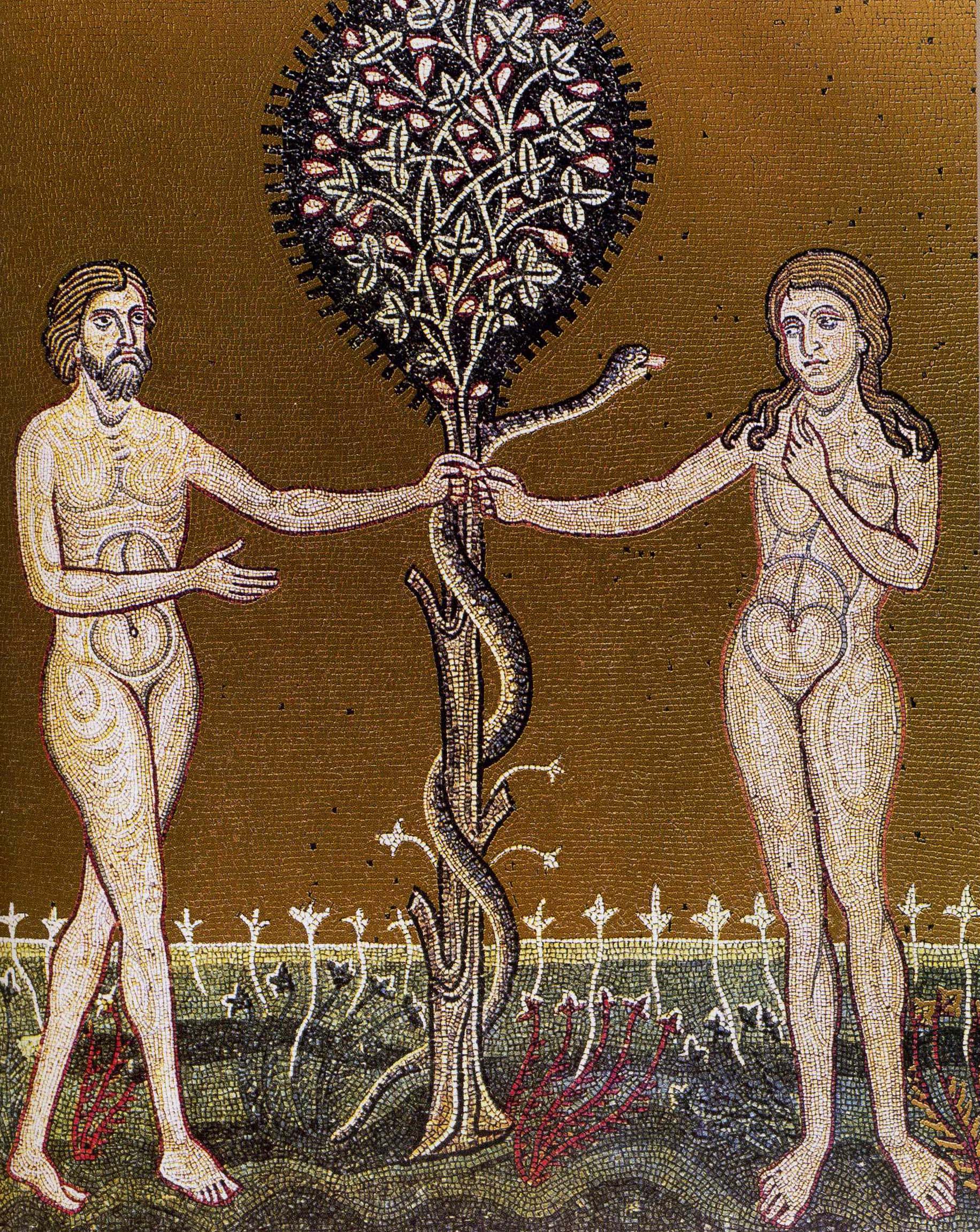I’m in the midst of a review series on John Walton’s The Lost World of Adam and Eve: Genesis 2–3 and the Human Origins Debate. (Click here for Part 1, Part 2)
Today, I will specifically look at Walton’s view of Adam and Eve.
image: http://wp.production.patheos.com/blogs/jacksonwu/files/2015/02/hans_holbein_d-_j-_-_adam_and_eve_-_wga11489.jpg?w=300
What is “Adam”?
Walton further reminds us that “Adam” is not actually a proper name for a single individual. It is a collective noun, which refers to humanity. On rare occasions, it points to an individual, but people in the neighborhood wouldn’t have called him “Adam” if they wanted to invite him over for a steak and salad.
Adam bears this representative status as the “image of God” (language found in other ancient documents besides the Bible). This imagery indicates that Adam has royal authority to govern over God’s creation.
In other words, “image of God” highlights humanity’s function and calling.
Is “Adam” Real?
Yes. Adam was a real, historical person. However, Adam was not the first human being. Nor was Eve the first female.
How does that work?
Adam and Eve are “archetypes.” For Walton, this means Adam was “a representative of a group in whom all others in the group are embodied” (240). A person is an archetype if what is true of the one is also true for all those who are represented by in him. Adam and Eve are historical, not fictitious. In some sense, Christ, Abraham, and Melchizedek are also archetypes.
By the way, Walton suggests that Genesis 2 is a “sequel” of Gen 1. Chapter two does not go back and elaborate further on Day Six (from Gen 1). So, we shouldn’t confuse the “Adam” (or “man”) in Gen 1:26–28 with the “Adam” of Gen 2–3.
A Mortal Among Many
If Adam serves as an “archetype,” must he be the first person ever in history?
Walton says no. There is a different between a “prototype” and an “archetype.” In fact, he suggests that Adam and Eve were not the first two human beings on the planet.
image: http://wp.production.patheos.com/blogs/jacksonwu/files/2015/02/Abreha_and_Atsbeha_Church_-_Adam_and_Eve_01-666x1024.jpg
He is essentially saying what the text seems to overtly suggest. After all, Cain has a wife (Gen 4:7) and he fears that “whoever finds me will kill me” (Gen 4:14). Then, Cain builds a city (Gen 4:17). Christians have struggled to make sense of these verses for centuries.
Not only was Adam not the first man; he was also not immortal (as many have frequently assumed). For a fuller explanation as how this works out from the text, you’ll have to read the book. I will say this––Walton does an excellent job exposing certain assumptions that are never explicitly stated in Genesis.
For example, we might need to rethink our understanding of “good” (Gen 1), the meaning of the tree of life, and the significance of the “Fall.”
Is It Fruitful?
How might The Lost World of Adam and Eve prove fruitful for ministry?
First of all, Walton’s interpretations help us to see one another from a biblical––not merely a biological––perspective. God’s image bearers can better grasp the calling for which we were created.
Second, if Walton is correct, there is no direct contradiction between Gen 1 and the claims of many evolutionists.
Third, since so many people appeal to Adam when sharing the gospel, there may reason to rethink the role and significance Adam plays in the stories we tell.
Fourth, the book demonstrates the importance biblical training with respect to interpretation method. I’m not simply referring to theological instruction. In fact, Walton’s argument suggests that theological presuppositions are precisely what keep us from understanding God’s authoritative meaning in Gen 1–3.





1 COMMENT